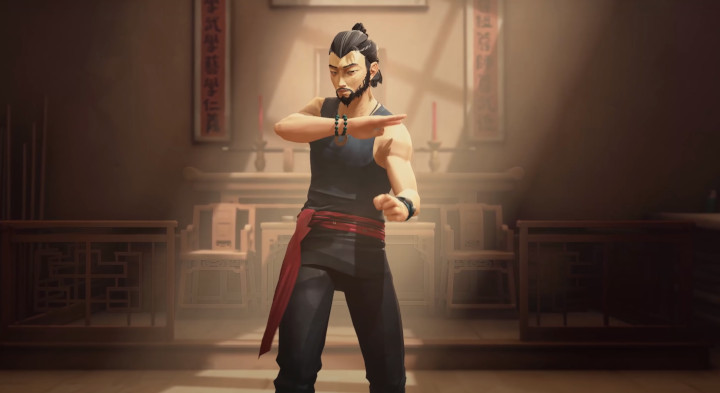

Spatial awareness and threat management feels crucial. There is a visceral impact to strikes which I really enjoy and each encounter has a strategic element to it.
When does sifu come out windows#
Getting boxed in is more likely to happen and boss patterns will offer smaller windows of opportunity. Disciple difficulty offers slight alterations in enemy aggression. I consider this difficulty a good way to build up knowledge of the game’s systems and how Sifu wants you to utilise the tools on hand. I wouldn’t say it trivialises the whole game as I still didn’t feel I could waltz into a room and windmill bad guys to my heart’s content. It does somewhat dilute the ageing mechanic and I finished a run with plenty of permanently unlocked moves at my disposal. There is a Student difficulty which offers a more forgiving experience but I found that to still offer some challenge. I feel it’s a good system that acknowledges defeat is a near certainty. You gain experience throughout but your score is also a currency that can be spent to unlock additional perks. Some upgrades are gated by age so it can be beneficial to stay young for as long as possible. After each completed level, your age is noted and you can replay that section to lower your age and recapture some much needed youth. This ageing system lends itself to repetition and self-improvement. Upgrades do come in handy with each death or a shrine offering up opportunities to take on new moves and increase stats. It meant never taking any fight for granted and kept me pretty honest. Some of these are set in stone but you’ll also discover them at random, hulking up after an unsuccessful takedown attempt. Your death counter can be reduced if you defeat special mini-bosses. This time limit gave me a reason to focus on scraps rather than mash them out. I felt like a glass canon in old age but my first run was admittedly clumsy. You have around 55 years to play with but, with age comes increased damage at the cost of your health pool. Repeated failures compounds that ageing to the point where life literally flashed before my eyes. The penalty for death is a year of your character’s life. Successfully timing blocks for parries will deal plenty of structure damage and comes with a satisfying audio cue.Īll of this is not easy but it’s rewarding to come through fights unscathed. These moves allow health to be regained and finishes the enemy off. Depleting the former places them in a stunned state which can leave them open for a takedown. Much like From Software’s Sekiro: Shadows Die Twice, each enemy has a structure and health bar. It becomes more complex with high and low dodges introduced fairly early on and the combo list is always at hand to show you what your fists can really accomplish. L1 is where the blocks live whilst left trigger helps you dodge and run. Square deals light attacks whilst triangle handles the harder strikes. You’re given a tutorial to deliver the fundamentals of basic combat. Fights feel fluid and, despite encounters being very much designed and curated, there’s still an element of unpredictability. Based on Pak Mei, there’s a focus on aggression and swift movements. Gone is the DIY combos of Absolver in favour of a more specific moveset.


Punches, on the other hand, land with a satisfaction that I keep coming back for. Not that revenge thrillers need strong narratives. The process of piecing it together can be compelling but it’s not a story that’s intending to break new ground. Usually, videogame vengeance is served as bittersweet and, whilst Sloclap do try their best to muddy the waters, I don’t think it quite lands. I don’t think it’s helped by hiding the true ending behind a very challenging win condition. It’s more of a setup than a narrative but you can find notes and keys whilst playing that do shed more light on the gang’s motives and history. Our nameless punching machine sees their father killed in the prologue and, after a short montage, they’re ready to tackle the people at the heart of their trauma. The game tells a traditional tale of revenge. Whilst that focused on multiplayer pugilism, this newer effort feels more refined and aimed at going solo. Sloclap’s been tinkering with combat systems since their debut Absolver. When Sifu originally released I was knee deep in review mania and I always have trepidation tackling a game where the difficulty is a keen selling point. Sometimes it’s good to be late to the party. Decemin PS5 / Reviews tagged Beat em up / brawler / chinese / kung fu / martial art / pak mei / revenge / sifu / sloclap by Mike


 0 kommentar(er)
0 kommentar(er)
